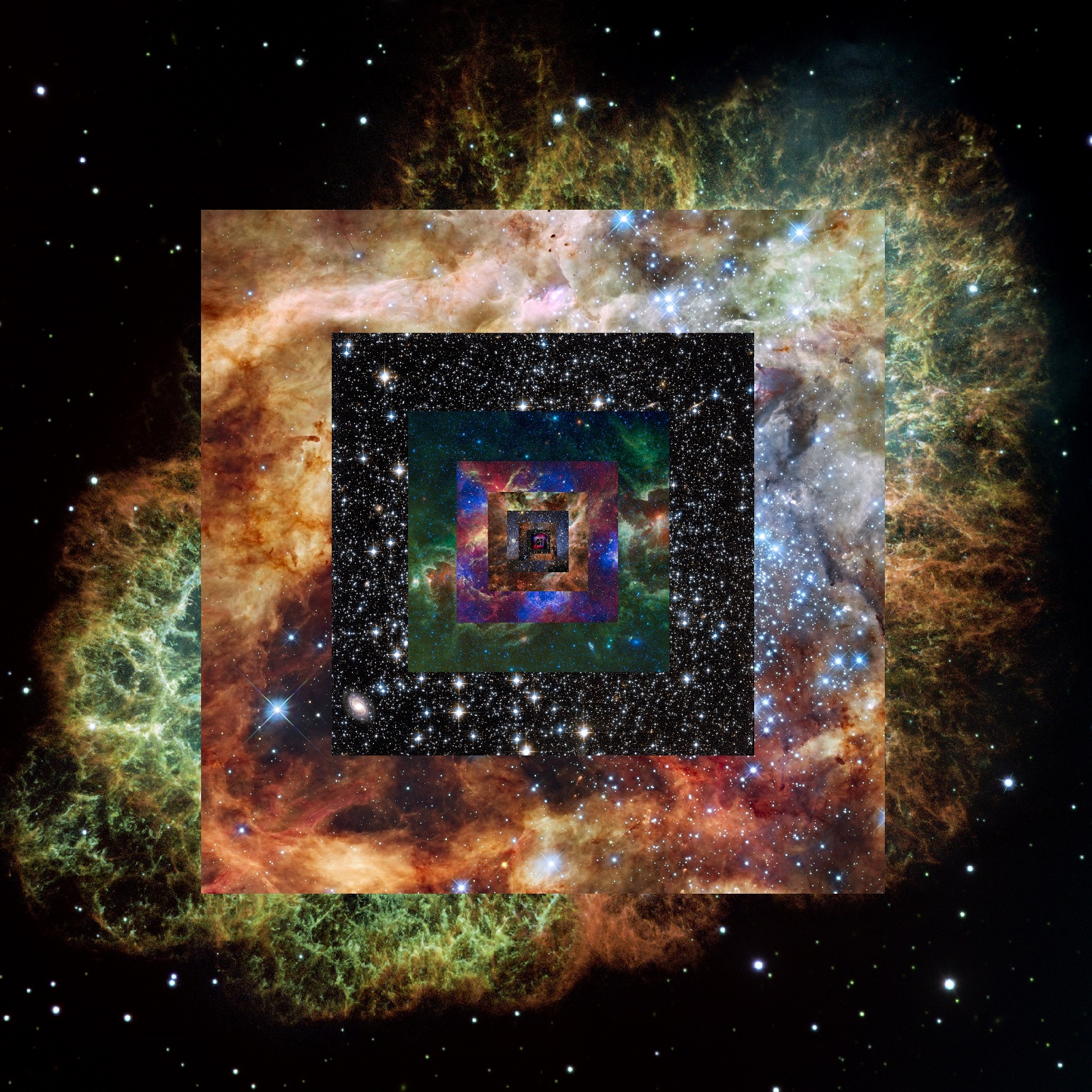
Saint_Patrick%27s_Day_2018,_The_Old_Dubliner_Hamburg_420-0051-hinnerk-ruemenapf.jpg
St. Patrick’s Day is celebrated worldwide as a day of Irish heritage, culture, and green-colored festivities. However, few people know about the dark history behind the holiday. St. Patrick’s Day is rooted in a legacy of oppression, colonialism, and religious intolerance. This paper explores the dark history of St. Patrick’s Day, shedding light on the little-known origins of the holiday.
St. Patrick’s Day traces its origins back to the 17th century when the English colonized Ireland. The Irish were a predominantly Catholic population, but the English were Protestant. The English colonizers viewed the Irish as inferior and barbaric, and they sought to impose their religion and culture upon the Irish. The English banned the Irish language, suppressed Catholicism, and enforced harsh laws that denied Irish people their basic human rights.
As a result, the Irish people were subjected to centuries of oppression, violence, and discrimination. They were denied education, property, and employment opportunities. They were forced to live in poverty, endure famine, and suffer from disease. The Irish people were dehumanized, and their culture was erased.
St. Patrick’s Day emerged as a form of resistance to English colonialism. It was a way for the Irish to assert their identity and celebrate their culture in the face of oppression. The holiday was initially a religious feast day honoring St. Patrick, the patron saint of Ireland. However, over time, St. Patrick’s Day became a symbol of Irish nationalism and a way to resist English rule.

Man_in_Leprechaun_Outfit_on_
St_Patrick%27s_Day.jpg
The first St. Patrick’s Day parade was held in New York City in 1762 by Irish soldiers who were serving in the British army. The parade was a way for the soldiers to connect with their Irish heritage and celebrate their culture. However, as St. Patrick’s Day became more popular, it also became more political.
In the late 19th and early 20th centuries, St. Patrick’s Day parades in the United States were often used as a platform for Irish nationalist and anti-British sentiment. Irish immigrants used the holiday as a way to express their anger and frustration with the English colonial system. They also used the holiday to raise awareness about the plight of the Irish people and to raise money for the Irish independence movement.
St. Patrick’s Day continued to be a symbol of Irish nationalism throughout the 20th century. However, the holiday also became more commercialized and less political. In the 1950s, the Irish government began promoting St. Patrick’s Day as a way to boost tourism and attract foreign investment. The holiday became associated with green beer, parades, and shamrocks, rather than political protest and resistance.
Today, St. Patrick’s Day is celebrated all over the world as a fun-filled holiday with little connection to its dark history. However, the legacy of Irish oppression and colonialism still resonates with many people. Some Irish people still see St. Patrick’s Day as a way to resist English domination, while others see it as a way to celebrate their culture and heritage.
In conclusion, St. Patrick’s Day is more than just a day of green beer and leprechauns. It has a dark history rooted in centuries of oppression, colonialism, and religious intolerance. The holiday emerged as a form of resistance to English rule and a way for the Irish people to assert their identity and celebrate their culture. Today, St. Patrick’s Day is celebrated all over the world as a fun-filled holiday, but its legacy of Irish oppression and colonialism still resonates with many people.
Sources:
- “The Dark History of St. Patrick’s Day.” Irish Central, 12 Mar. 2020, www.irishcentral.com/roots/history/the-dark-history-of-st-patricks-day.
- “The Surprising Dark History of St. Patrick’s Day.” Time, 17 Mar. 2017, time.com/4705292/st-patricks-day-2017-history.
- “St. Patrick’s Day’s dark history revealed.” CBS News, 16 Mar. 2017, www.cbsnews.com/news/st-patricks-day-dark-history-revealed.
- “The Real History of St. Patrick’s Day.” National Geographic, 15 Mar. 2019, www.nationalgeographic.com/history/article/real-history-of-st-patricks-day.
- “The Dark Side of St. Patrick’s Day.” History Extra, 15 Mar. 2018, www.historyextra.com/period/st-patricks-day-dark-side-history-ireland-irish/.



